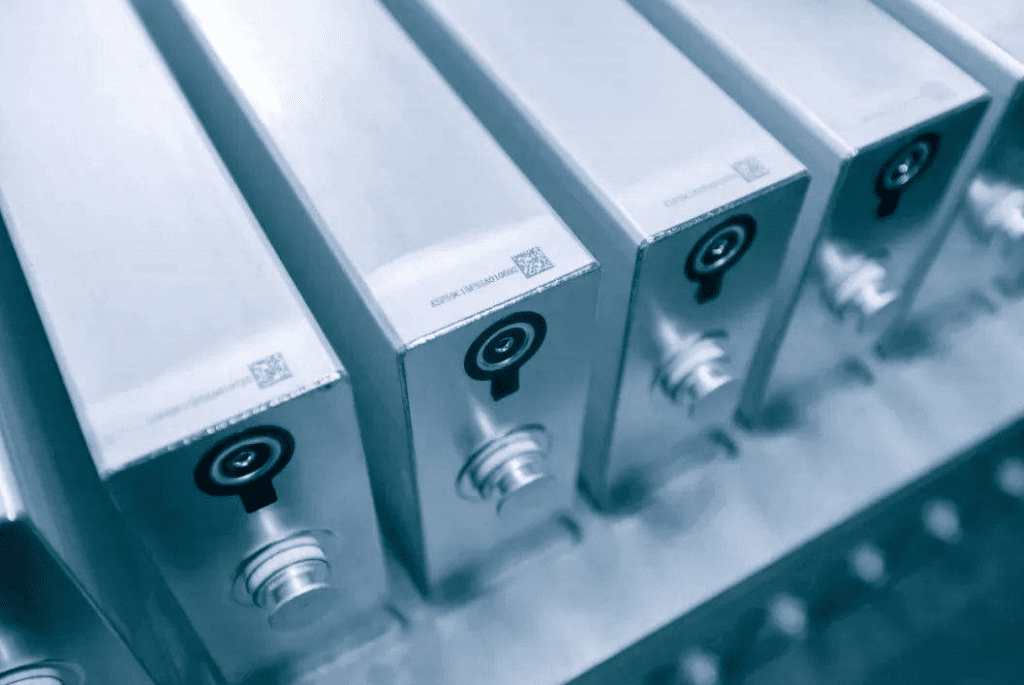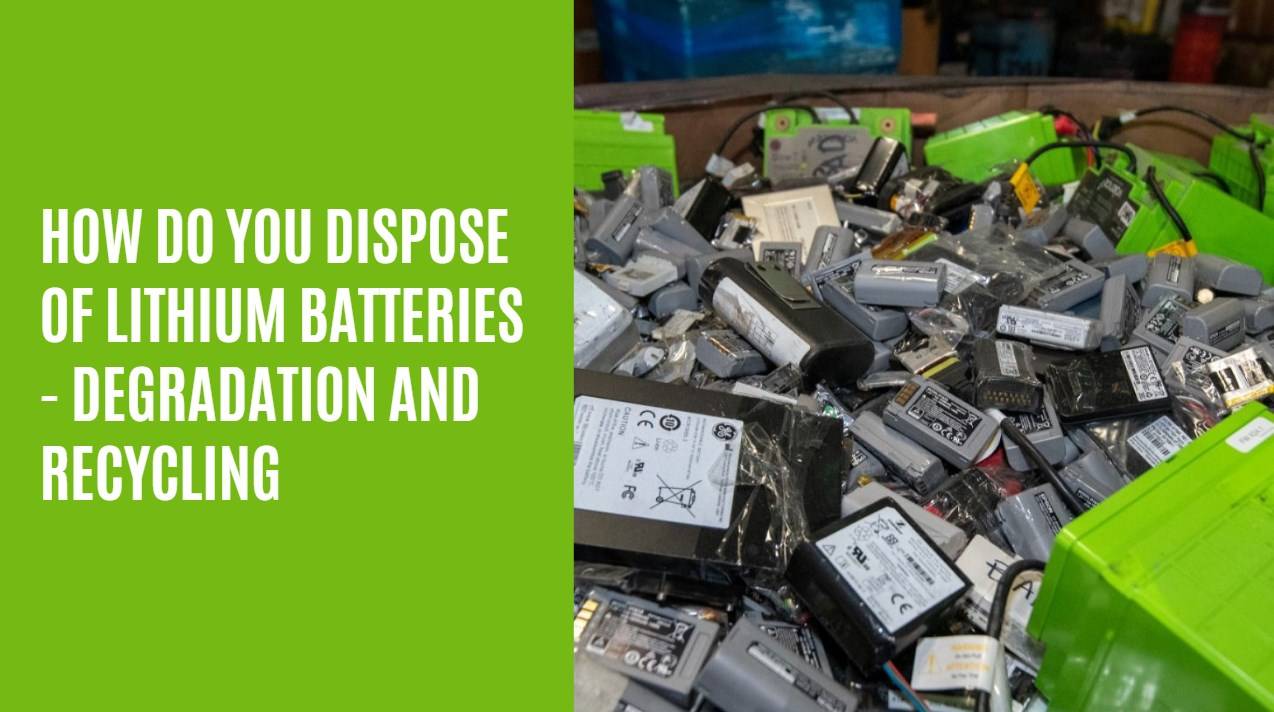The landscape of lithium battery technology is undergoing a significant transformation, driven by innovations that promise to enhance performance, safety, and sustainability. As we look toward the future, it’s clear that the advancements in lithium batteries will not only impact electric vehicles (EVs) but will also play a crucial role in the broader energy ecosystem. This article explores the cutting-edge developments in lithium battery technology and what they mean for various industries.
The Evolution of Lithium Battery Technology
Lithium-ion batteries have long been the backbone of portable electronics and electric vehicles. However, as demand surges, particularly for renewable energy storage and electric mobility, the industry is witnessing a shift toward more advanced battery technologies.
Current Trends in Lithium Battery Development
- Solid-State Batteries: A major breakthrough on the horizon is the development of solid-state batteries, which replace the liquid electrolyte found in traditional lithium-ion batteries with a solid electrolyte. This transition offers several advantages:
- Increased Energy Density: Solid-state batteries can achieve energy densities that are 30-50% higher than current lithium-ion technologies.
- Improved Safety: By eliminating flammable liquid electrolytes, solid-state designs significantly reduce fire risks.
- Longer Lifespan: These batteries exhibit less degradation over time, enhancing their overall longevity.
- Lithium Metal Anodes: Another promising advancement involves using lithium metal as an anode material. This shift could lead to:
- Higher Capacity: Lithium metal anodes can store more lithium ions than traditional graphite anodes.
- Faster Charging Times: Enhanced ionic conductivity allows for quicker charging without compromising safety.
- Sodium-Ion Batteries: As a complement to lithium-ion technology, sodium-ion batteries are gaining traction due to their cost-effectiveness and sustainability:
- Abundant Resources: Sodium is more abundant than lithium, making sodium-ion batteries cheaper to produce.
- Environmental Benefits: The materials used are widely available and easier to recycle.
Table: Comparison of Battery Technologies
| Technology Type | Energy Density (Wh/kg) | Cycle Life (Cycles) | Safety | Cost ($/kWh) |
|---|---|---|---|---|
| Lithium-Ion | 150-250 | 500-2000 | Moderate | High |
| Solid-State | 300-400 | 1000-3000 | High | Very High |
| Sodium-Ion | 100-150 | 2000-3000 | High | Low |
The Role of Government and Industry Investment
Government initiatives and industry investments are pivotal in accelerating these advancements:
- Funding for Research: Significant funding is being allocated to research and development of next-generation battery technologies. This includes grants for universities and partnerships with private companies.
- Manufacturing Infrastructure: As demand for batteries grows, new manufacturing facilities are being established worldwide. This infrastructure will support the production of advanced battery technologies at scale.
Challenges Ahead
While the future looks promising, several challenges remain:
- Material Sourcing: The supply chain for key materials like lithium, cobalt, and nickel is under pressure due to rising demand and geopolitical factors. Companies are exploring alternative materials and recycling methods to mitigate these risks.
- Technological Hurdles: Solid-state batteries face challenges related to manufacturing processes and material stability over time. Ensuring scalability while maintaining performance will be critical.
- Market Competition: As new technologies emerge, existing players must adapt quickly or risk losing market share to innovative startups focused on alternative battery chemistries.
Future Applications of Advanced Lithium Batteries
The advancements in lithium battery technology will facilitate new applications across various sectors:
1. Electric Vehicles (EVs)
With improvements in energy density and charging times, next-generation lithium batteries will enable EVs to achieve longer ranges and faster refueling times, making them more appealing to consumers.
2. Renewable Energy Storage
As renewable energy sources like solar and wind become more prevalent, efficient energy storage solutions are essential. Advanced lithium batteries can provide reliable backup power and stabilize the grid by storing excess energy generated during peak production times.
3. Consumer Electronics
The demand for lightweight, high-capacity batteries in smartphones, laptops, and wearables will drive innovations in battery technology, allowing for longer usage times between charges.
Conclusion
The future of lithium batteries is being quietly rewritten through groundbreaking advancements in technology and materials science. With solid-state batteries, lithium metal anodes, and sodium-ion alternatives on the horizon, we are poised for a new era of energy storage solutions that promise enhanced performance, safety, and sustainability.As companies like Redway Battery continue to innovate within this space—especially with their focus on Lithium LiFePO4 solutions—it’s crucial to stay informed about these developments. For those interested in custom battery solutions or wholesale options tailored to specific needs, now is an excellent time to explore partnerships that align with these emerging technologies.By embracing these innovations in battery technology, we pave the way for a more efficient and sustainable future in energy storage solutions.








